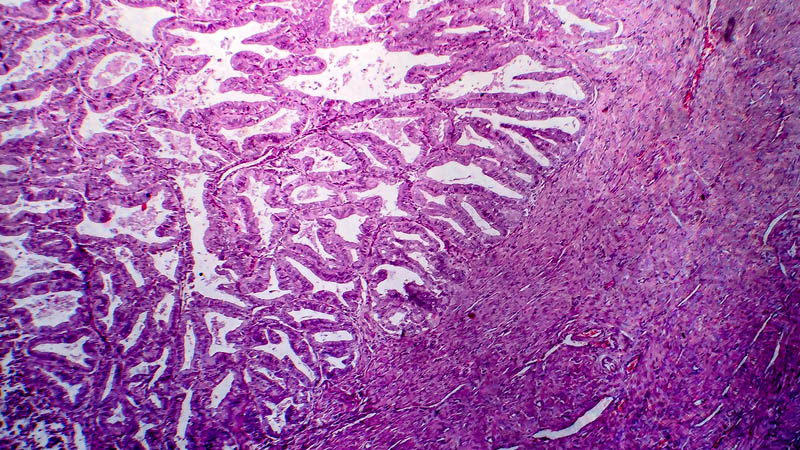Key problems in the treatment of endometrial cancer in the light of ESMO-ESGO-ESTRO Consensus of December 2015
Katarzyna Kryniewska1, Jacek Jan Sznurkowski2
 Affiliacja i adres do korespondencji
Affiliacja i adres do korespondencjiIn December 2015, representatives of the European Society for Medical Oncology (ESMO), the European Society of Gynaecological Oncology (ESGO) and the European Society for Radiotherapy and Oncology (ESTRO) gathered to achieve a consensus on the current diagnostic methods as well as surgical and adjuvant treatment in endometrial cancer. During the conference, a multipage document identifying the key diagnostic and therapeutic problems, containing current findings together with the level of their scientific credibility was developed, followed by presenting expert consensus achieved by voting as well as a summary of evidence supporting each recommendation. The aim of the paper was to summarize the current ESMO, ESGO and ESTRO expert guidelines for a Polish reader in the absence of national recommendations on the diagnosis and treatment of endometrial cancer. The minimum (essential) preoperative management involves: clinical examination, including inguinal examination, speculum examination, bimanual examination, rectal examination, abdominal and transvaginal ultrasound, and, if indicated, transrectal ultrasound as well as risk assessment for Lynch syndrome if no ovariectomy is planned in FIGO stage I patients under the age of 45. A simple hysterectomy with the removal of the adnexa is the primary surgical protocol. Systematic lymphadenectomy involving pelvic and para-aortic lymph nodes should be performed in all patients (regardless of the histopathological type) with apparent FIGO stage IIIA, IIIB and FIGO stage II as well as in non-endometrioid apparent FIGO stage I cancers. In FIGO stage I endometrioid cancer, depending on the histopathological grade and the invasiveness, which is measured by myometrial invasion (MI), patients should be stratified into three preoperative risk groups: low risk – G1/G2 and MI < 50%, where systematic lymphadenectomy is not needed; intermediate risk – G1/G2, MI > 50% or G3, MI < 50%, where lymphadenectomy can be considered; high risk – G3 and MI > 50%, where lymphadenectomy is obligatory. The excision of the greater omentum should be performed only in serous cancer and carcinosarcoma. Stratification of patients for adjuvant treatment is based on pathological features, such as grading, MI, FIGO, lymphovascular space invasion. There is an urgent need to adapt the ESMO-ESGO-ESTRO consensus to Polish conditions as well as to develop national recommendations for the diagnosis and treatment of endometrial cancer.









